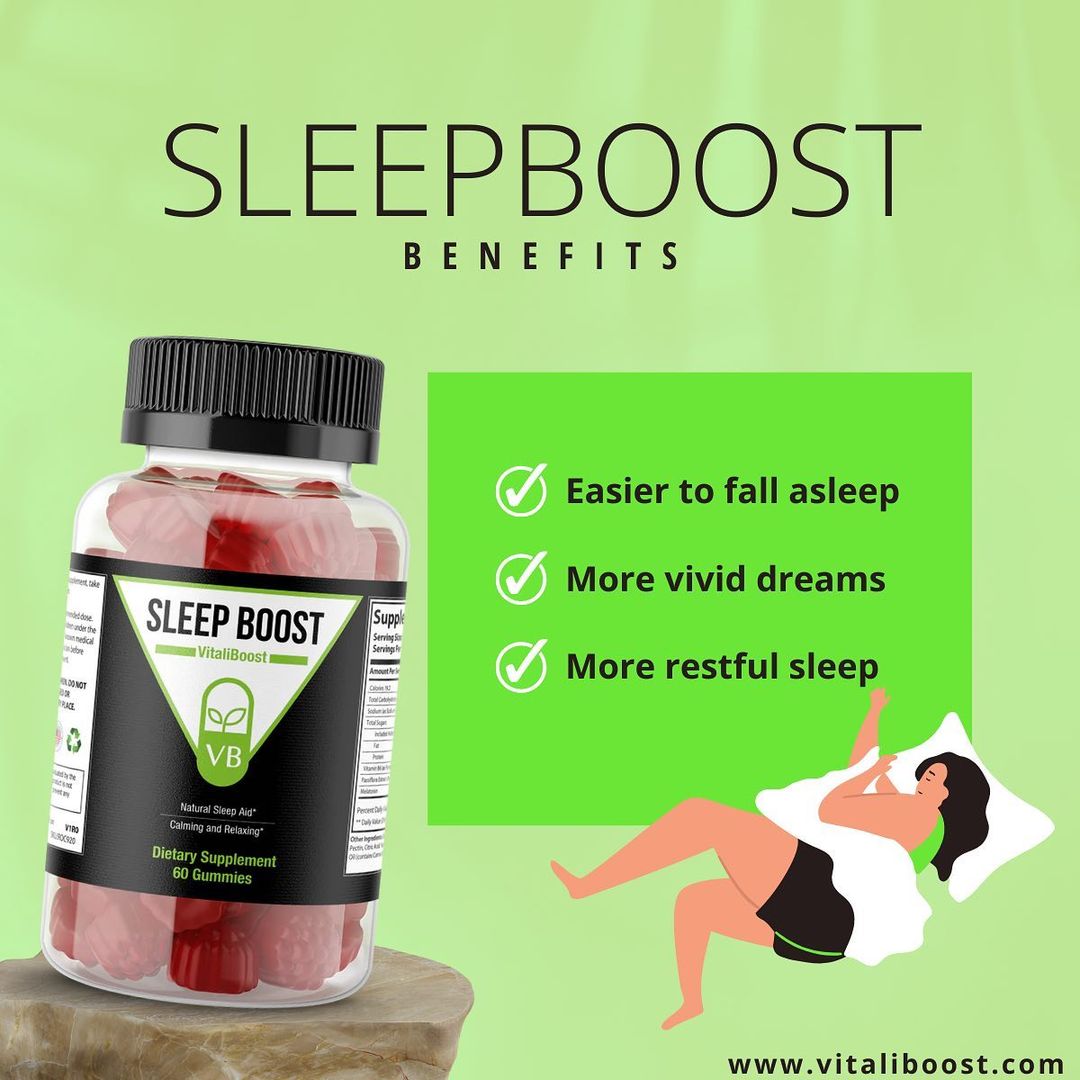
Whatever your style of training is, whether you go to the gym, attend classes, swim, cycle or do any other form of exercise, we all have our own limits, and these are different for everyone. If you are struggling with feeling sore and tired after your workouts, or you question if you are pushing yourself too hard, then check out these tips to help you learn how to prepare well, and understand when you are pushing yourself too hard.
Firstly, it can be perfectly normal to feel tired and sore after a workout, and you won’t feel like that forever, but there are also ways of preparing for a workout so that you can reduce your chances of getting too sore or tired afterward.
What to do to prepare for a workout:
1 – Take notice of your energy levels
This is important because it will help you determine how hard you can push in your workout today. Think about how your sleep has been the last few nights, are you well rested? If you are then this might be a good time to push a bit harder in your workout. If you are not, and you have had very little sleep, you might want to consider adapting your workout to a slightly easier pace.
2 – Warm up properly
The better you are at warming your body up for the workout, the better you will perform and the better you will also recover. Putting aside time before you start your training session to warm up well is really important, it will prepare your nervous system for action, increase blood flow to the muscles that you are going to use, and improve your range of motion. All of this will help you to perform at your best, as well as reducing your chances of getting sore afterward because your body has been well prepped for what it is about to do.
3 – Drink and eat well
You will want to make sure that you have taken fluids before you exercise and have eaten something. A lot of people don’t like eating before they train, however, even if it is just a little something like half a banana, that would be better than nothing and provides your body with some fuel.
4 – Progress Steadily
Steady progression is so important in making sure you are not going beyond your capabilities. A lot of people have fantastic goals, which I encourage, however, they set out of the gate so hot on to the heels of their goals, that they perhaps have not paced themselves quite right and end up either running out of steam too soon, or not being able to cope with the pace that they have set for themself. Consider building yourself up at a slower more manageable pace, this way the body has time to adapt properly to what you are asking of it. It takes time to build up the strength in your joints, tendons and ligaments, in order for them to cope with the things you are throwing at them.
So, now you are doing some good prep before a workout, how do you know if you are pushing yourself too hard during a workout?
Knowing when you are pushing yourself too hard in a workout is all about knowing yourself and your abilities. Learning how to pace yourself in a workout comes down to knowing and being realistic about what you are capable of, and forgetting what everyone else around is doing. They are different to you, and just because they are running 15kms four times a week does not mean that this is what you should be doing.
A helpful tool for this is your rate of perceived exertion ‘RPE’ scale. This way, you are judging how hard to push in your workouts based on how you are feeling on that day. Just because one day you are feeling superhuman and can run a 5km in record time, does not mean that you can repeat this every single time.
Use the scale below to help you identify how hard you are exerting yourself, and to understand at what point you might need to ease off the gas or take it up a gear.
1 – Very light activity – I could do this all day
2 – 3 – Light activity – I could do this for hours
4 – 6 – Moderate activity – Still somewhat comfortable but is now becoming noticeably more challenging
7 – 8 – Vigorous activity – This is now hard
9 – Very hard activity – The intensity is now difficult to maintain and I can only speak a few words
10 – Max effort activity – I cannot maintain this for long.
One final note to consider, if you are constantly feeling tired, sore, or de-motivated to train then you might be pushing yourself too far without sufficient recovery. You might be neglecting to address some habits that are preventing you from recovering properly. If this sounds like it might be you, then checkout our other article on the Top 3 Recovery Tips Post Workout.
Image credit: Kristopher Roller on Unsplash







